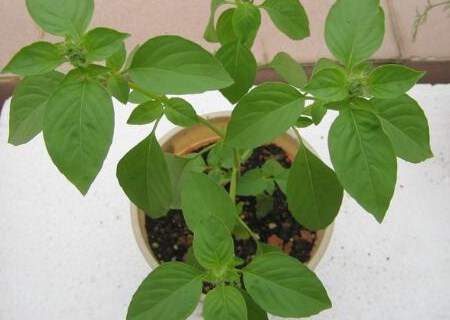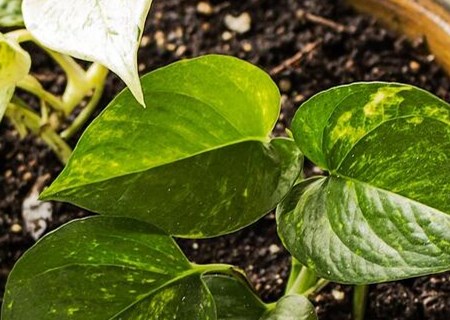What are the beautiful seed planting methods of calendula? What is the effect and effect? When will it blossom?
Marigold, also known as marigold, likes light and is not strict with the soil. it can grow well in dry, loose and fertile alkaline soil and is resistant to barren. it is often used in flower beds, and people like to plant it. So what do you know about the planting methods of calendula seeds? What is the effect and effect? When will it blossom? A farmer who has been planting marigolds for many years told us that calendula blossoms about March to May every year, and the flowering period is about 10 days.

Seed planting method of Calendula
Sowing: autumn sowing is often carried out after mid-late September: Matrix disinfection to disinfect the substrate used for sowing, the best way is to put it into the pan to fry hot, any diseases and insects can be scalded to death.
Sprouting: soak the seeds in warm hot water (the temperature is about the same as facial wash) for 3 to 10 hours until the seeds absorb water and expand. For common seeds that germinate easily, this work does not have to be done.
Sowing: for small seeds that are difficult to pick up with hands or other tools, wet one end of the toothpick with water, stick the seeds one by one on the surface of the matrix, cover the substrate 1 cm thick, and then put the flowerpot into the water, the depth of the water is 1 inch 2 inch 2 shock 3, let the water slowly soak up (this method is called "pot immersion"), so as not to wash the seeds up.
Management after sowing: after sowing in autumn, when you encounter a cold wave and low temperature, you can wrap the flowerpot with plastic film to keep warm and wet; after the seedlings are unearthed, the film should be opened in time, and before 9:30 every morning, or let the seedlings receive the sun after 3:30 in the afternoon, otherwise the seedlings will grow very weakly. After most of the seeds come out, they need to plant seedlings properly: pull out the diseased and unhealthy seedlings, so that the seedlings left behind have a certain space between each other; when most of the seedlings grow 3 or more leaves, they can be transplanted into the pot.
What is the effect and function of calendula
1. Rich in substances
The flower contains about 3% carotenoids, including tomato hydrocarbon, butterfly plum flavin, buttercup flavin, jade red yellow, etc.; it also contains about 0.02% volatile oil, 3.44% resin, 4% mucus, 6.84% malic acid, pentadecanoic acid, trace salicylic acid, a small amount of alkaloids and enzymes with an organic substance. The root contains triterpenoid saponins. The aboveground part contains bitterness, saponins composed of oleanolic acid and glucuronic acid, triterpenoid components such as artemisia diol, etc., and contains about 6.45% tannins. The seed contains fatty oil, mainly lauric acid and palmitic acid glyceride; its Unsaponifiable part contains waxol and sterol, but also contains alkaloids.
2. Efficacy
Root: invigorate qi and activate blood. Flower: cool blood, stop bleeding. Internal administration: fried soup, 5-15g. External use: appropriate amount, fresh juice for ear drops.
3. Clinical application
A. Calendula chrysanthemum tea has the effect of relieving pain and promoting wound healing, helping to treat stomachache and gastric ulcer, anti-inflammation, sterilization, promoting blood circulation, relieving menstrual pain, diuresis and reducing fever when you have a bad cold.
B, Calendula chrysanthemum tea has the function of nourishing liver and eyesight, beauty, detoxification and anti-inflammation.
C. Calendula chrysanthemum tea has excellent curative effect on peptic system ulcer and lymphadenitis.
D, protect the digestive system, enhance liver function, and can treat hemorrhoids.
E, Calendula chrysanthemum tea has the effects of sweating, diuresis, clearing dampness and heat.
F, Calendula chrysanthemum tea can relieve menstrual pain, relieve menstrual pain, stimulate bile secretion, decompose fat, female friends can drink more yo.
Time: 2019-03-18 Click:
- Prev

What are the fragrant basil seed planting methods? What varieties do you have?
Basil is an aromatic plant for both medicine and food, tastes like fennel, the whole plant is small, the leaves are green, the flowers are bright, and the fragrance is overflowing. At present, it has a good prospect and is very popular in China, so what do you know about the planting methods of basil seeds? What varieties do you have?
- Next

Unicorn leaf plant green pineapple how to raise ability to be more exuberant? What if the leaves turn yellow? Can you remove formaldehyde?
Green pineapple, which often climbs and grows on the rocks and tree trunks of the rainforest, has strong entanglement, well-developed air roots, and can be hydroponically cultivated. People like to grow it very much, so do you know how to grow it more exuberantly? What if the leaves turn yellow? Can formaldehyde be removed?
Related
- Fuxing push coffee new agricultural production and marketing class: lack of small-scale processing plants
- Jujube rice field leisure farm deep ploughing Yilan for five years to create a space for organic food and play
- Nongyu Farm-A trial of organic papaya for brave women with advanced technology
- Four points for attention in the prevention and control of diseases and insect pests of edible fungi
- How to add nutrient solution to Edible Fungi
- Is there any good way to control edible fungus mites?
- Open Inoculation Technology of Edible Fungi
- Is there any clever way to use fertilizer for edible fungus in winter?
- What agents are used to kill the pathogens of edible fungi in the mushroom shed?
- Rapid drying of Edible Fungi

